 Aizawl, Jan 28 : Several social organisations in Mizoram have perceived the recent relaxation of protected area permit (PAP) in Mizoram as a threat to the social security of the indigenous people of the state.
Aizawl, Jan 28 : Several social organisations in Mizoram have perceived the recent relaxation of protected area permit (PAP) in Mizoram as a threat to the social security of the indigenous people of the state.
In the wake of the lifting of PAP from three Northeast Indian states--Mizoram, Manipur and Nagaland, the Mizo Zirlai Pawl (Mizo students' association) today convened a meeting of all major NGOs and political parties of Mizoram on the issue.
All of the representatives of NGOs and political parties, though restrained from speaking on behalf of the organisations they represented, expressed fear that the lifting of PAP would ultimately lead to the lifting of the Inner Line Permit/Regulation that safeguards the tribals of the Northeast state from assimilation.
In a bid to 'woo foreign tourists', the Centre on December 31 lifted the PAP from these three states to allow foreigners to enter into the states without any restrictions for a period of one year.
The order came after a joint delegation of the Manipuri Association of Canada and Local Support Group submitted a memorandum to the home ministry on December 28.
There had been an attempt to lift the PAP in 1994 which invited strong opposition from all political parties and NGOs in Mizoram.
At this juncture, then Union home minister S B Chavan went on a record saying, ''No innerline restriction would be imposed while restricted/protected area permit requirement for foreigners is lifted, as that would mean welcoming foreigners while keeping out Indians.'' While non-Mizo Indians have to get inner line permit (ILP) foreigners are required to get protected area permit (PAP) to enter into Mizoram.
The ILP, in particular, has drawn much criticism from many Indians as it prevented them from entering the state without getting prior permission.
''While many Indians have been complaining about the requirement of a permit to Mizoram, the relaxation of entry permit for foreigners will certainly result in yet another litigation to do away with the Inner Line Permit/Regulation under the Bengal Eastern Frontier Regulation Act, 1873,'' V L Krosshnehzova said in a keynote address.
All of the speakers, except for one, shared the views of the MZP president and expressed fear that the lifting of PAP would be a threat to the social security of the tribals of the Northeast Indians which has been protected since the British time.
''The ILP's aim is not to harass or prevent entry of non-Mizo Indian nationals per se but to secure the future of the natives by protecting the sanctity of their socio-cultural rights, preventing demographic upheaval leading to invasion of their political bastion by the 'outsiders' which has been the case with Tripura,'' said a senior politician.
The meeting also expressed resentment over the Centre making such a crucial decision (to lift the PAP) following a pressure from just two organisations in Manipur, without consulting the people, or for that matter, any organisations in the two other states concerned.
The Mizo organisations also disagreed with the grounds on which the Centre claimed to have lifted the PAP, that was to 'boost' tourism industry.
''Sikkim has emerged as one of the major tourism hot spots in India. Not only the Protected Area Permit, but also Restricted Area Permit is being enforced in Sikkim. Therefore, the Centre's pretext is meaningless,'' Lalmuanpuia Punte, vice-chairman of North East Students' Organisation, said at the consultation meeting.
Under the Foreigners (Protected Areas) Order, 1958, the PAP is enforced in some parts of Uttaranchal, Himachal Pradesh, Rajasthan, Sikkim and the entire states of Nagaland, Mizoram, Arunachal Pradesh and Manipur. Similarly, the RAP, under Foreigners (Restricted Areas) Order, 1963, is enforced in the entire Andaman and Nicobar Islands. In Sikkim, the RAP covers areas uncovered by the PAP.




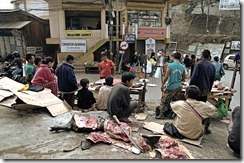
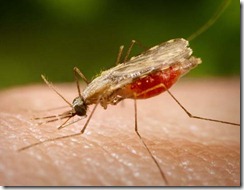
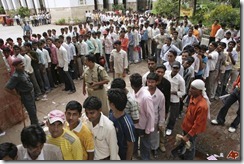
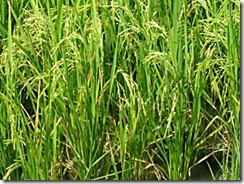

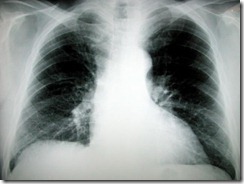
 Washington, Jan 28 : The US is open to Indian participation in its Joint Strike Fighter programme that would finally lead to its purchase of fifth generation F-35 Lightning II stealth fighter, a top Pentagon official said Friday.
Washington, Jan 28 : The US is open to Indian participation in its Joint Strike Fighter programme that would finally lead to its purchase of fifth generation F-35 Lightning II stealth fighter, a top Pentagon official said Friday. 

